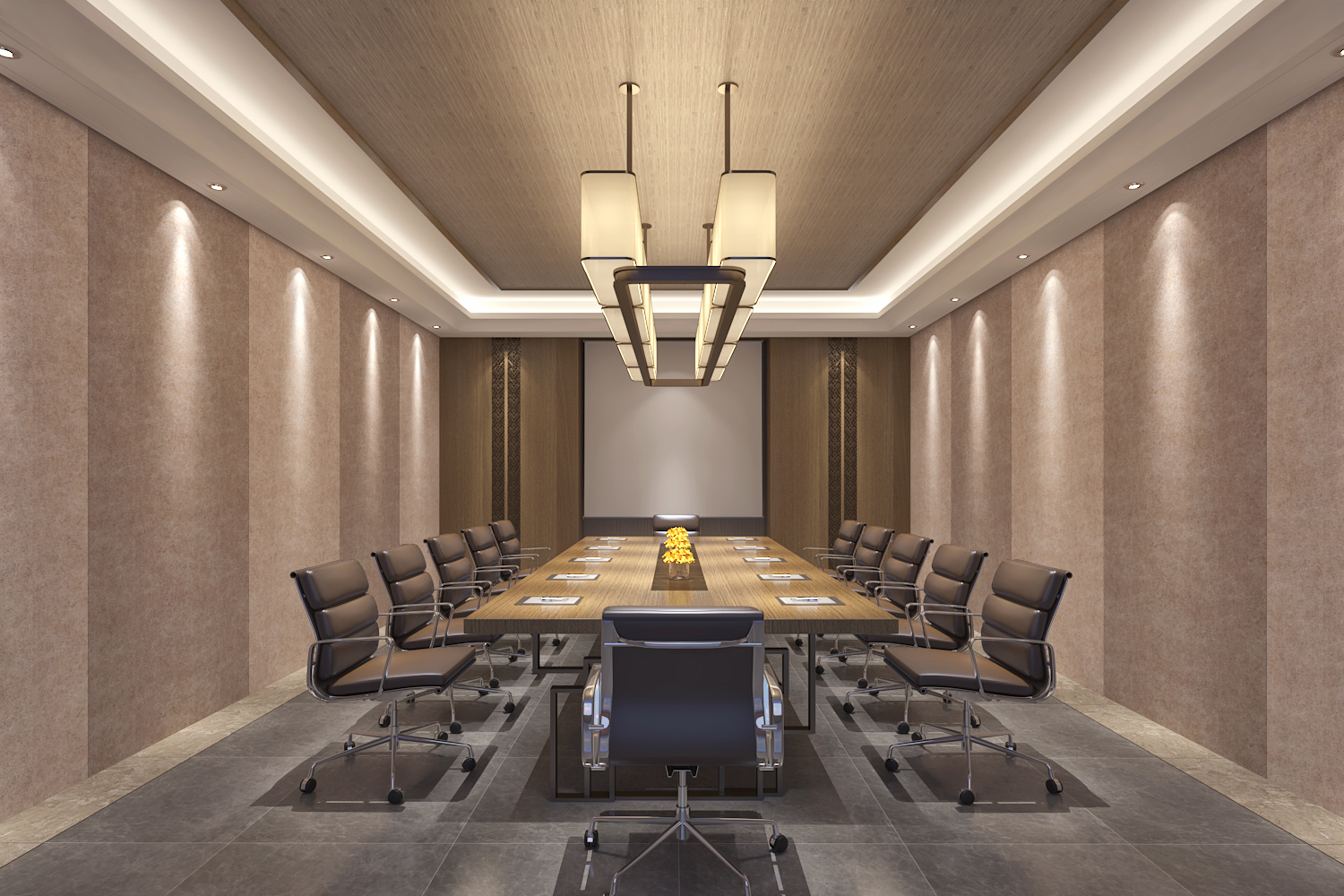Harmonizing Spaces: Strategies to Reduce Reverberation for Enhanced Acoustic Comfort
In the architectural symphony of spaces, the challenge of excessive reverberation often plays the role of a disruptive note. The echoes bouncing off walls and surfaces can create an auditory cacophony, diminishing the quality of sound and impacting the overall ambiance. In this exploration, we uncover the strategies and techniques designed to reduce reverberation, transforming spaces into acoustically comfortable environments.

Understanding the Reverberation Conundrum
Reverberation occurs when sound waves reflect off surfaces, creating a prolonged persistence of sound within a space. While a certain level of reverberation Reduce reverberation can contribute to a lively atmosphere, an excess of it can lead to a lack of speech clarity, increased ambient noise, and an overall discomfort in occupied spaces.
Strategic Placement of Acoustic Panels
One of the most effective ways to combat reverberation is through the strategic placement of acoustic panels. These panels are specifically designed to absorb sound waves, preventing them from bouncing off walls and causing echoes. Placing acoustic panels strategically in areas with high reverberation, such as large open spaces or conference rooms, can significantly reduce the unwanted noise and create a more pleasant auditory environment.
Ceiling Clouds and Baffles: Aesthetic Solutions to Acoustic Challenges
Ceiling clouds and baffles represent a harmonious blend of form and function in the pursuit of reducing reverberation. Suspended from the ceiling, these acoustic elements not only absorb sound but also add an aesthetic dimension to the space. They come in various shapes and sizes, allowing for creative design possibilities while effectively tackling the reverberation issue.
Tuned Absorbers: Precision in Acoustic Control
Tuned absorbers take a precise approach to address specific frequencies contributing to reverberation. These absorbers are designed to target and absorb particular ranges of sound wavelengths, allowing for a more tailored and effective solution. By incorporating tuned absorbers into a space’s design, architects and designers can achieve a more nuanced control over the acoustics, ensuring a balanced and comfortable auditory experience.
Soft Furnishings and Drapery: Textile Elegance with Acoustic Benefits
The introduction of soft furnishings and drapery into a space serves a dual purpose – adding a touch of elegance and contributing to sound absorption. Textile materials, such as curtains, upholstered furniture, and carpets, have inherent sound-absorbing qualities that help in reducing reverberation. This approach is particularly effective in residential and hospitality settings, where comfort and aesthetics go hand in hand.
Diffusers: Scattering Sound for Balanced Acoustics
While absorption is key to reducing reverberation, an entirely deadened space may lack warmth and character. Diffusers come into play as acoustic elements that scatter sound waves, preventing them from concentrating in specific areas. By strategically placing diffusers, designers can strike a balance between absorption and diffusion, creating an acoustically pleasing environment that maintains vibrancy and natural sound characteristics.
Architectural Elements for Acoustic Harmony
Incorporating acoustic considerations into the very architecture of a space is a forward-thinking approach to reduce reverberation. Designing spaces with irregular surfaces, varying textures, and materials with inherent sound-absorbing properties can naturally contribute to a balanced acoustic environment. This holistic approach integrates acoustics seamlessly into the design process, ensuring that form and function coexist harmoniously.
Conclusion: Orchestrating Acoustic Comfort
Reducing reverberation is an art form that requires a thoughtful orchestration of acoustic elements within a space. From purpose-designed panels to innovative architectural features, the arsenal of tools available to designers and architects is diverse and powerful. By embracing these strategies, spaces can be transformed into acoustically comfortable realms where every note is heard with clarity, and the symphony of sound resonates harmoniously.